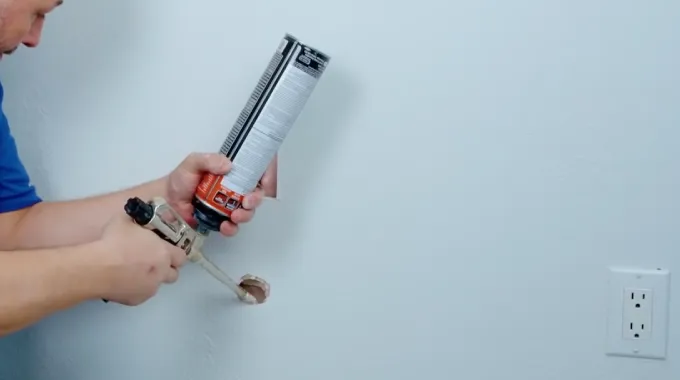Last Updated on March 21, 2023
Are you considering a home makeover with some stylish drywall texture? It can look amazing, but don’t be tempted to rush the process.
The drying time really depends on your type and method of application, usually taking between 15-30 minutes per coat. Make sure it has at least 24 hours of drying before painting over, otherwise all that effort might have been for nothing.
If you don’t let the texture fully dry, it can be a recipe for disaster. Warping and deformation, cracking and bubbling, all these problems await if optimal drying times aren’t respected. That’s why knowing the correct drying times for various textures and techniques is vital to achieving a stunning finished look.
Check out this post and get all your questions answered. You’ll get the inside scoop on factors affecting drying time, plus some tips and tricks.
How Long Does Drywall Texture Take to Dry: For Different Types
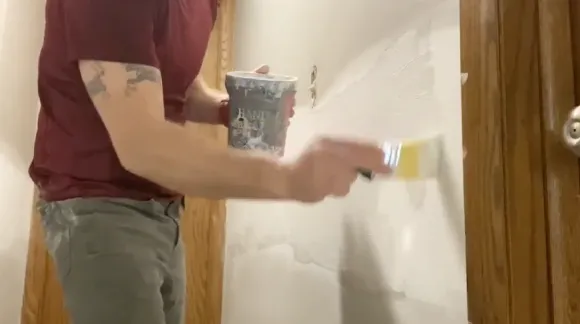
Drywall texture comes in many different forms, and each type has its own unique properties that affect how quickly it dries. Here are a few common types, along with their estimated drying times:
Knockdown Texture
Ceilings and walls with knockdown texture create a subtle, mottled effect that adds character without being too ostentatious. It’s created by applying a joint compound to the surface and then flattening it out with a trowel or sponge.
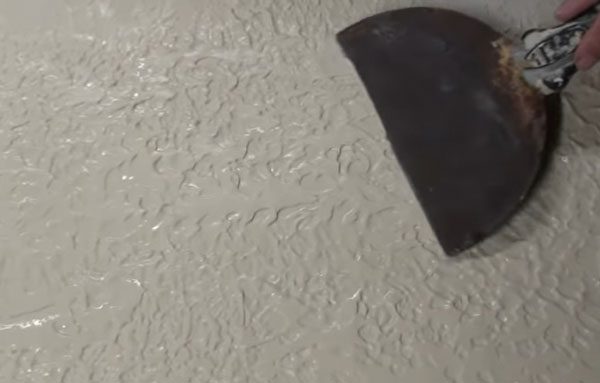
The average drying time for knockdown texture is 24 to 48 hours, although this can be extended if a thicker layer of the joint compound is used. During this time, it’s essential to keep the area well-ventilated and avoid touching the surface until it’s completely dry.
Orange Peel Texture
Another popular option is the orange peel texture, which adds interest to walls and ceilings while retaining a subtle appearance. This type of texturing uses a joint compound sprayed onto the surface using either an air compressor or a special sprayer device.
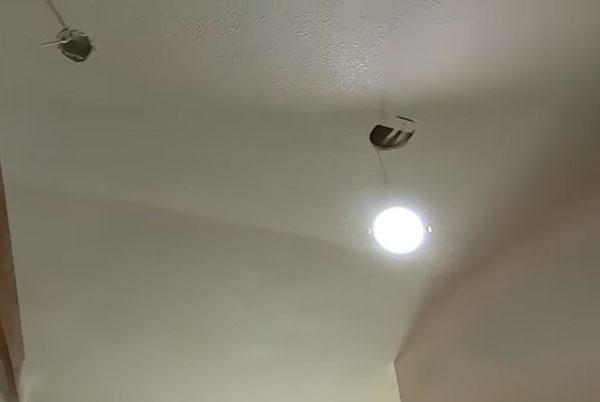
While orange peel texture dries quickly, typically 15-20 minutes, it still needs several hours before it can be top coated with paint. 30 minutes is usually enough time for touch-ups, but complete coverage should wait at least 3-4 hours after application before painting begins.
Be careful not to rush during this period, as moisture escaping from within could cause peeling paint due to improper adhesion of the top coat on wet surfaces beneath.
Sand Finish Texture
A sand finish texture gives walls and ceilings a smooth, silky feel when touched with your fingers or palms. It requires a special mix of joint compounds that has varying amounts of grit added to create different levels of sheen and color variation.

After application, sand finish textures require approximately 24 hours before they are ready for use. Any less than this could result in uneven coverage or poor adhesion when the finished coating is applied afterward.
Oil-Based Paint Texture
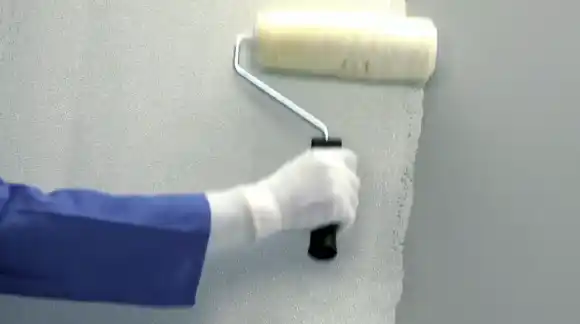
Oil-based paint texture takes up to 24 hours to dry completely. This is because the oil molecules in the paint are larger than water molecules and thus take longer to evaporate from the surface. The temperature and humidity levels of the room affect how quickly the oil will evaporate.
So if you plan on painting over your oil-based texture, ensure that you leave enough time for it to dry properly. It’s also important to note that oil-based paints generally have a strong chemical odor that should dissipate as they’re drying.
Popcorn Ceiling Finish Textures
In general, popcorn ceiling finishes require 5-10 minutes for them to be touch-dry, with 10-15 minutes required for them to be handleable. This relatively low drying time is due largely in part by the fact that popcorn texture ceilings are generally made from a mixture of plaster and joint compound.
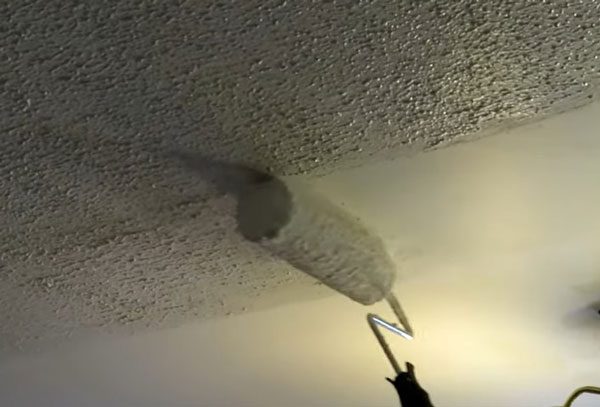
Both contain much smaller water molecules compared with standard paint or wallpapers. As such, these water particles evaporate much quicker than other materials and can be handled accordingly after only a few minutes of drying time.
Which Factors Affecting Drying Time of Drywall Texture?
The drying time for drywall texture is far from one-size-fits-all, it depends on an array of factors that can really affect the timeline. Here are some key considerations that will impact:
Temperature and Humidity
These are two of the most significant factors affecting drywall texture drying time. High temperatures and high humidity levels can significantly slow drying times, while low temperatures and low humidity will speed up the process.
Surface Paint Type
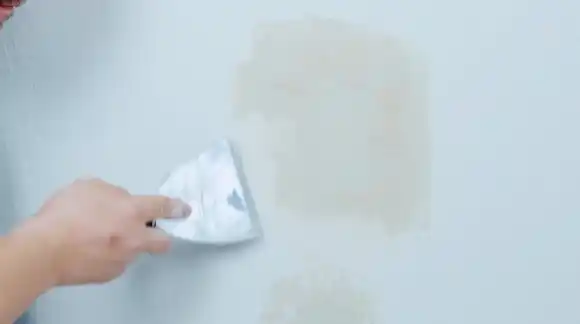
The paint applied to the surface before texturing will also affect drying time. Paints with higher levels of oil or wax can impede the drying process due to their ability to retain moisture for longer periods. As paints with fewer additives dry faster than those with more oils or waxes.
Layer Thickness
The number of layers applied when texturing drywall determines how long it takes for each layer to dry. Applying too few layers could result in insufficient coverage and a lack of color uniformity. While applying too many could prolong the waiting period between coats and increase total drying time dramatically.
Time Elapsed Between Coats
The layer thickness is not the only factor that affects the amount of time needed for each coat to dry completely, the amount of time after each coat is just as vital. To ensure maximum efficiency when texturing, ensure sufficient time between each application.
Material Quality & Composition
While quality control and composition come into play when selecting your texturing material, they both play an equally crucial role in determining how quickly it dries. Purchasing higher-quality materials will ensure maximum absorption rates, allowing quicker overall drying times with fewer issues along the way.
Ventilation In The Texturing Room
Ensuring adequate ventilation during your project is key when expediting your drying times. Hotter rooms with less airflow have been known to slow the process immensely. Outfitting your space with fans or opening windows during warmer months can help create more ideal conditions.
Texture Application Method (Brush, Roller Or Sprayer)
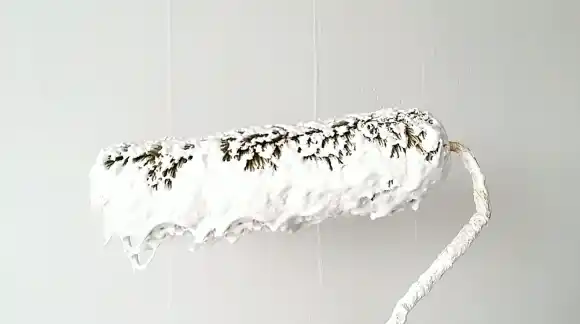
Depending on your texture, different tools may be required when applying a finishing coat after initial taping is complete. This includes spraying, rolling, or brushing on wall texture, depending on what finish you want.
Presence Or Absence Of Additional Layers
Adding primers or sealants before applying a finishing coat can definitely extend overall dry times if used improperly. These products are specially designed to help protect against water damage over time. This means they need additional run-time before being deemed safe.
Is There Any Way to Get Drywall Texture to Dry Faster?
It’s likely that you’re thinking about speedy drying time if you’re doing a home improvement or construction project. With the right techniques, you can get your projects done quickly and still keep quality high.
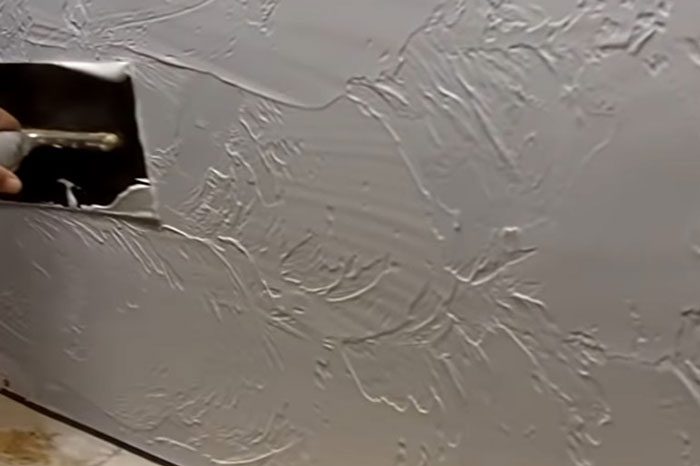
We’ve got two methods and some tips to help make everything run smoothly.
Method 1: Traditional Methods for Accelerating the Drying Process
A common way to speed up the drying process is by increasing ventilation in the room where drying occurs. This helps create airflow that can help disperse the moisture more quickly and evenly over a surface.
Yet another way to speed up drying time is using a dehumidifier or heater, as these appliances can remove excess moisture from the air or heat it up so that it evaporates faster. Fans can also help push air through a room, aiding in dispersing moisture quickly and efficiently.
Aside from that, utilizing specialty products that are specifically designed to accelerate drying time. Such as damp sponge sanding techniques that help draw out excess liquid material from surfaces more quickly than conventional methods.
Method 2: Newer Techniques That May Help Speed Up Drying Time
High-Velocity Systems (HVS) use pressurized air at high speeds to virtually erase any trace of wetness from surfaces, allowing them to dry much faster than before. Also, chemical accelerants work by adding various reactive compounds into solutions that react with water molecules to encourage quicker evaporation rates.
Newer polymer-based textures can also be applied directly onto surfaces to reduce liquid absorption and promote faster drying overall. Infrared heaters have also become popular for their effectiveness in speeding up the drying process.
After the Drywall Texture Is Dried, What’s Next?
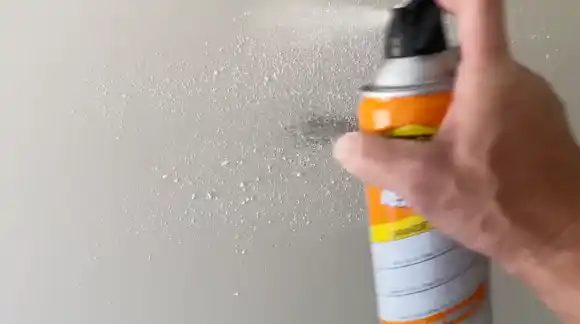
Once the drywall texture has been applied and allowed to dry, the next step is to prime it. Priming the wall helps to seal in the new texture, as well as provide a uniform base coat for painting later on.
It also helps to give a smooth finish, so any flaws that were present in the textured wall become less noticeable. Choosing a specific primer for use on textured walls is essential, as other types of primers may not be effective enough at sealing in the texture.
For example, peel stop triple thick ponding primer, skim coat drywall primer, and textured anti-slip grip coating primer are some good options that work great on textured walls.
Is it okay to paint directly over dry texture?
Don’t be tempted to take a shortcut. Painting directly over texture drywall won’t give you your desired look and could even lead to damage down the surface.
Generally, when it comes to painting a textured wall, the most important thing to remember is that you should always prime them first. Priming helps ensure that the paint will adhere properly while also helping protect the wall texture underneath.
It’s also a good idea to check the color of your wall texture before painting. If it’s a uniform color, then it’s likely to dry and ready for priming and painting. Otherwise, you may wait until it dries completely before beginning any work.
Don’t Rush the Repair: Know Your Drywall Drying Times
If you’re working on wall repairs or installation, take time to learn the drying process of drywall texture. Not only is it essential for properly completing your project so that it’ll last a long time, but it also helps keep potential issues at bay.
Don’t mindlessly slap it on to achieve the perfect paint job. Consider all the factors coming into play and take your time to ensure a successful outcome. Rushing through can cause bigger issues down the line that could be costly.
